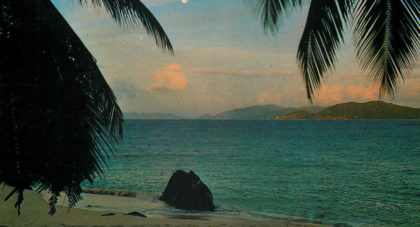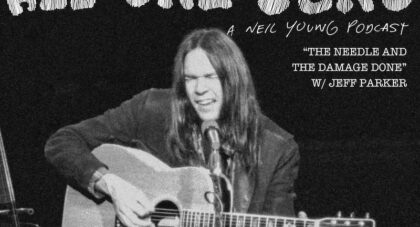Hiroshi Asada's Greetings From Nashville (You Who’s In My Mind) turned 50 this year, the artist's expressive aural love letter to Country Music and America. Spoken of reverentially by fans and artists from Japan and beyond, the LP was cut in Nashville at the Acuff-Rose studio with a grip of the industry’s most in-demand session players including members of Nashville’s Area Code 615 . . .
Only the good shit. Aquarium Drunkard is powered by its patrons. Keep the servers humming and help us continue doing it by pledging your support.
To continue reading, become a member or log in.


